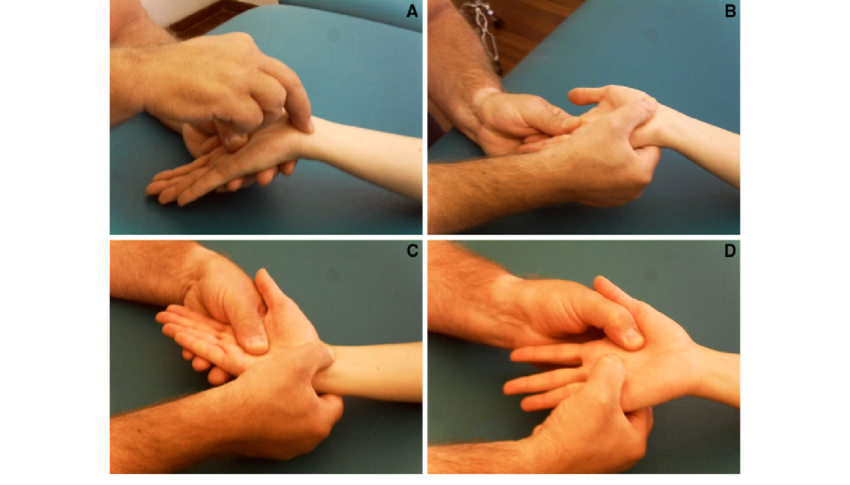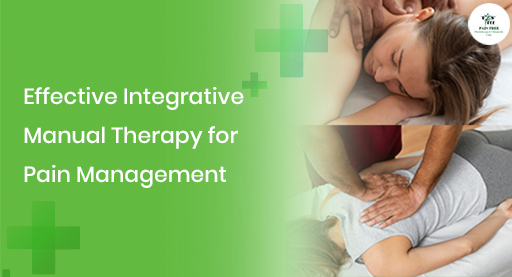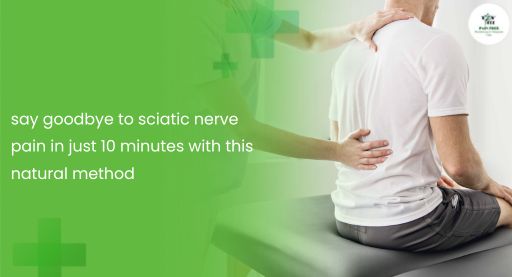Effective Integrative Manual Therapy for Pain Management
Integrative manual therapy offers a promising approach for managing pain, a pervasive experience impacting millions globally. This blog explores IMT’s efficacy in alleviating pain and enhancing overall health outcomes..
Integrative Manual Therapy
Integrative manual therapy is a holistic approach to treatment that uses physical techniques to help the body regain its balance and function. Unlike traditional forms of therapy that may concentrate on specific symptoms or areas of discomfort, IMT adopts a comprehensive approach that considers the interconnection of the body systems. By addressing underlying dysfunctions and imbalances that obstruct the body’s own healing mechanisms, IMT aims to promote long-term wellbeing.
The Working Principle of Integrative Manual Therapy

Anatomical, physiological, and biomechanical principles form the foundation of integrative manual therapy. Using a range of manual techniques, such as joint manipulation, soft tissue mobilization, and therapeutic exercise, practitioners can locate and treat areas of dysfunction or limitation. IMT helps relieve pain by addressing its underlying causes rather than just covering up symptoms by reestablishing proper alignment, enhancing circulation, and lowering stress.
Conditions Treated with Manual Therapy
For many different illnesses, such as chronic pain syndromes, sports injuries, and problems with postural alignment, a non-invasive, drug-free method of pain management might be helpful. This approach focuses on restoring function and encouraging internal healing, whether the patient is experiencing joint discomfort, back pain, or neck pain.
Benefits in Pain Management
The comprehensive approach to rehabilitation that a particular therapy takes is one of its main benefits. It treats the underlying imbalances that lead to pain and dysfunction rather than just treating the symptoms. This therapy provides an all-encompassing approach to pain management that takes into consideration the interdependence of the body, mind, and spirit.
Evidence Supporting the Effectiveness
Research investigations and clinical trials have consistently shown the benefits of a particular therapy in reducing pain and enhancing physical function. Studies have demonstrated that this therapy can assist people with a variety of musculoskeletal disorders, helping them feel less pain, move more freely, and live better overall.
Combining integrative manual therapy with other therapeutic approaches
To maximize results and encourage comprehensive recovery, it can be smoothly combined with other therapeutic modalities. IMT is a useful adjunct to a variety of therapeutic interventions, including massage therapy, nutritional counseling, acupuncture, and chiropractic care. IMT practitioners can give patients a comprehensive and multidisciplinary approach by working with other healthcare specialists.
Selecting the Appropriate Practitioner
Selecting a licensed and skilled practitioner is crucial. Seek out people who have completed extensive IMT training and certification, along with additional specializations or areas of expertise. You may guarantee a satisfying and productive therapeutic session by choosing a practitioner who is in line with your requirements and interests.
What to Anticipate Throughout a Session ?
The integrated manual therapy practitioner will start each session by thoroughly assessing the patient to find any areas of imbalance or dysfunction. Subsequently, the practitioner will employ a blend of manual approaches to alleviate stress, enhance range of motion, and reinstate ideal performance in the impacted regions. Treatment
options may include joint manipulation, therapeutic exercise, soft tissue mobilization, and ergonomic education, depending on your individual needs.
Possible adverse reactions and hazards
Even though integrative manual therapy is usually risk-free and well-tolerated, there are a few possible adverse effects to be mindful of. These could include mild post-treatment soreness or discomfort in addition to infrequent side effects such as nerve damage or worsening of symptoms. Before receiving IMT, it’s critical to have an honest conversation about any worries or contraindications with your practitioner.
The cost and accessibility of manual therapy integrated
Depending on a number of variables, including insurance coverage, practitioner expertise, and geographic location, its costs can change. IMT services may be fully or partially covered by certain insurance plans, but others may require payment out of pocket. Furthermore, the availability of skilled practitioners may have an impact on the accessibility of integrative manual treatment.
Patient contentment and experience
Numerous patients receiving integrated manual therapy report notable changes in their overall quality of life, physical function, and pain thresholds. IMT gives patients the tools they need to take charge of their health and well-being by treating the underlying causes of pain and dysfunction. Whether it be by way of decreased











